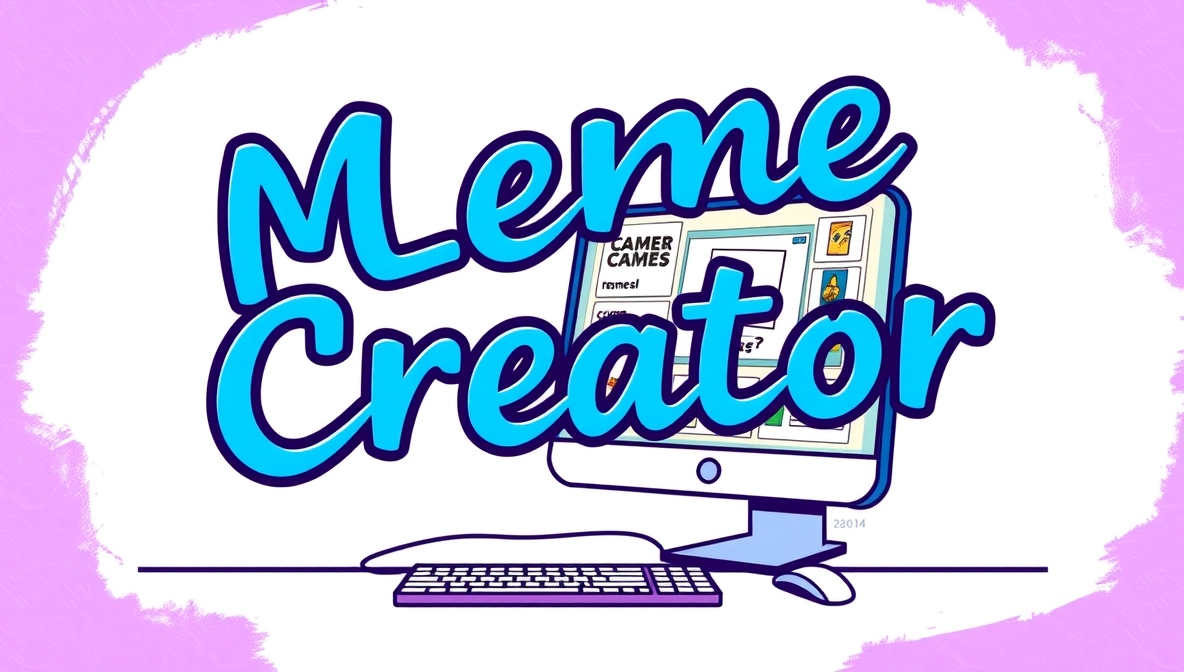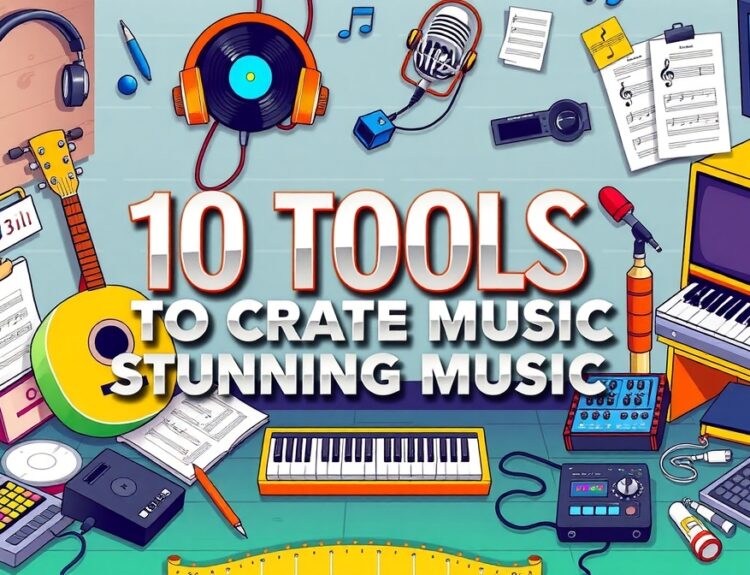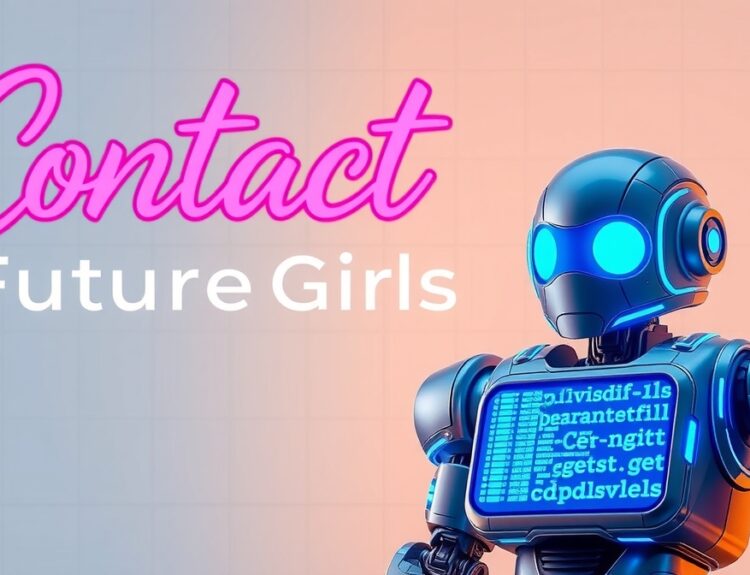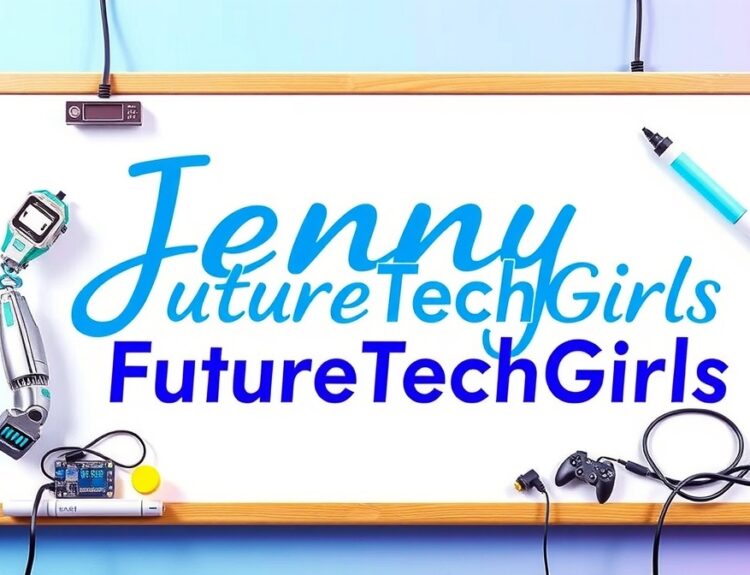Memes have become the universal language of the digital world, transforming the way we communicate, laugh, and even express cultural identities. Meme creator platforms have played a vital role in shaping this online phenomenon, offering users the ability to design visuals that spread across social media within seconds. What started as simple image-text combinations has now grown into a cultural movement that dominates conversations across nations and generations.
From casual jokes to political commentary, memes are no longer just lighthearted images—they are cultural artifacts that reflect society’s collective voice. With the popularity of a meme creator, anyone can generate relatable humor, satire, or awareness campaigns that instantly resonate with global audiences. This accessibility has made memes a powerful tool in shaping narratives online, and their influence continues to expand with technological advancements.
The Evolution of Memes in Digital Culture
Memes began as niche jokes on internet forums but quickly transformed into one of the most effective ways to share ideas. The growth of smartphones, faster internet, and visual-based social platforms pushed memes into the mainstream. In today’s digital age, platforms like Instagram, Twitter, and TikTok serve as perfect breeding grounds for memes, allowing them to go viral within hours.
The role of a meme creator in this evolution cannot be overstated. These tools empower ordinary users to craft clever content without needing professional graphic design skills. By combining a striking image with witty text, a meme can transcend language barriers, conveying emotions and ideas in seconds. The speed at which memes evolve and spread highlights the adaptability of internet culture and its ability to respond to world events instantly.
Why Memes Resonate with People
One of the main reasons memes are so impactful is their relatability. People find comfort in shared experiences, and memes encapsulate those experiences in digestible, funny, and often thought-provoking ways. Whether it’s the stress of working long hours, the awkwardness of social interactions, or major cultural events, memes reflect what many people are feeling.
When someone uses a meme creator to develop content, they tap into collective humor while adding their unique perspective. This mix of universality and individuality allows memes to flourish in ways traditional communication cannot. Unlike long essays or speeches, a meme can get the message across instantly while encouraging laughter, reflection, or debate.
Memes as a Tool for Storytelling
Storytelling has always been a fundamental aspect of human connection. Memes extend this tradition into the digital space. A single meme can tell a story in one image, summarizing complex situations with humor or satire. Political campaigns, social justice movements, and marketing strategies have all embraced memes as part of their messaging toolkit.
Using a meme creator, individuals can condense a story into a single visual that resonates with millions. For example, during major world events, memes often capture the mood of society faster than traditional media outlets. This speed and simplicity make memes not just entertainment but also a form of digital storytelling that shapes public discourse.
The Business of Memes
Memes are not just jokes—they are also a big business. Brands increasingly rely on memes to market products, build communities, and engage younger audiences. Instead of traditional advertisements, businesses now turn to memes to appear more relatable and human. For example, companies in the United States frequently use memes on social media platforms to stay relevant to younger demographics.
Here, a meme creator becomes a valuable tool for marketers. By producing timely, funny, and engaging memes, brands can connect with audiences on a deeper level. This strategy often results in higher engagement rates, as consumers enjoy content that feels organic rather than forced. Businesses that understand the cultural nuances of memes can transform them into powerful marketing assets.
Social and Political Influence of Memes
Beyond entertainment and marketing, memes carry significant social and political weight. They have become a modern weapon of influence, used to shape opinions and spread awareness. During elections, for example, memes are used to highlight political stances, criticize opponents, or encourage voter turnout.
With the help of a meme creator, political messages can be packaged into viral content that spreads rapidly across platforms. This democratizes communication, allowing individuals without media influence to have their voices heard. While this can be empowering, it also raises concerns about misinformation, as memes can oversimplify complex issues or spread false narratives.
The Psychology Behind Meme Sharing
Why do people share memes so much? The psychology is simple: memes evoke emotions. They often trigger laughter, validation, or the satisfaction of being “in on the joke.” Sharing memes helps individuals express themselves without saying much. It’s a digital nod of agreement, a way to connect socially in a fast-paced online world.
When someone crafts content using a meme creator, they aim to provoke a reaction. This could be humor, empathy, or even outrage. The viral nature of memes lies in their ability to resonate emotionally with a large group of people. Once shared, they spread organically, powered by community engagement and the desire for collective recognition.
Technology’s Role in Shaping Meme Culture
Advancements in technology have fueled meme culture’s growth. High-speed internet, AI-driven platforms, and accessible design tools have made meme-making easier than ever. With smartphones and editing apps, creating memes no longer requires specialized knowledge. This democratization has opened doors for more voices, leading to a richer and more diverse meme landscape.
Modern meme creator platforms now integrate AI suggestions, trending templates, and customization options, ensuring users can produce high-quality content quickly. These innovations have transformed meme-making from a niche activity into a mainstream digital art form. As technology continues to evolve, the boundaries of what memes can achieve will expand even further.
Memes in Education and Awareness Campaigns
Surprisingly, memes have also found a place in education and awareness. Teachers use memes to make lessons engaging, while NGOs utilize them to spread important social messages. From climate change to public health awareness, memes can simplify complex issues and reach wide audiences effectively.
Through a meme creator, educational institutions and organizations can design content that grabs attention while delivering meaningful information. This innovative approach shows how versatile memes are, capable of being both entertaining and impactful in critical contexts.
Ethical Concerns Around Memes
Despite their popularity, memes raise ethical concerns. Issues like copyright infringement, offensive humor, and misinformation pose challenges in regulating meme culture. Many memes are created using images of real people who may not consent to their likeness being used publicly.
A responsible meme creator must balance humor with respect. Ethical meme-making requires awareness of context, cultural sensitivity, and avoiding harmful stereotypes. While memes thrive on pushing boundaries, creators must also recognize their role in fostering healthy digital communication.
Future of Meme Culture
Looking ahead, meme culture shows no signs of slowing down. As digital communication becomes more visual and fast-paced, memes will remain central to how people interact online. With augmented reality, AI-driven personalization, and evolving social media platforms, the future of memes promises even more creativity and influence.
The role of a meme creator will only grow in significance as these technological advancements unfold. Individuals and businesses alike will rely on tools that simplify and amplify the creative process, ensuring memes continue to dominate the cultural landscape.
Anchor Integration
For those looking to design their own content and participate in this digital phenomenon, a meme creator offers the perfect starting point. With ready-to-use templates and customization options, anyone can create memes that resonate with audiences. Whether it’s for fun, storytelling, or professional marketing, the right tool can help you make an impact.
Conclusion
Memes have evolved from internet jokes into a powerful cultural force that influences humor, politics, marketing, and education. They are the language of the digital age, connecting people across borders and ideologies. A meme creator empowers individuals to take part in this movement, shaping conversations in creative, humorous, and sometimes profound ways.
As society becomes more interconnected and visually driven, memes will remain at the heart of communication. Their ability to reflect shared experiences ensures their lasting relevance. The next time you encounter a viral meme, remember the cultural power behind it—it’s not just entertainment, it’s a digital mirror of our world.






